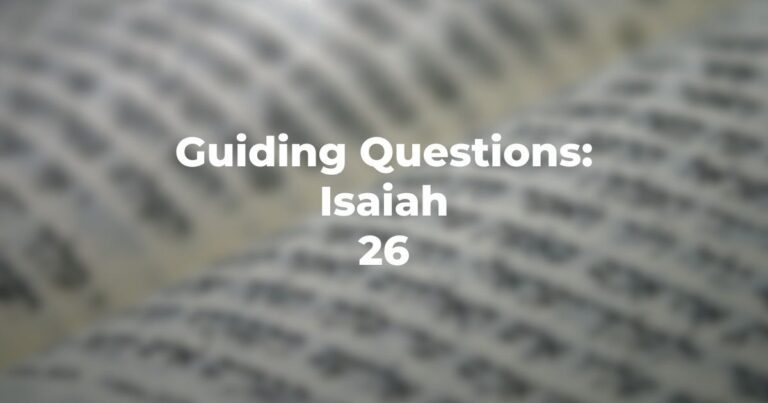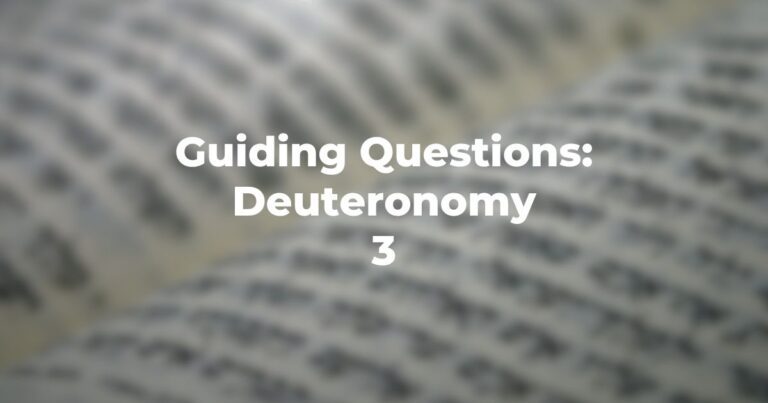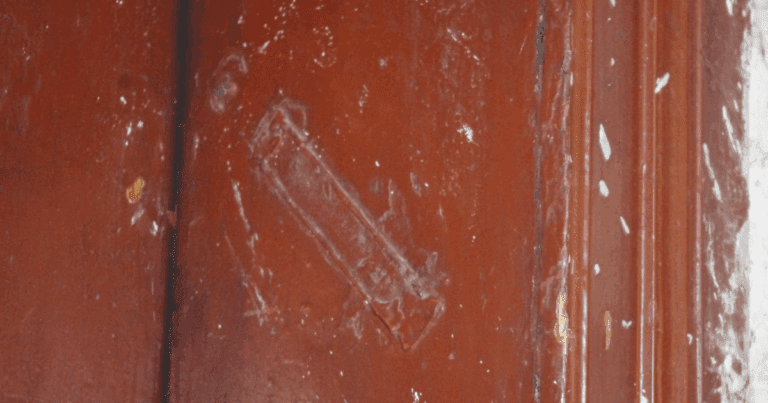- What type of “map” would the author have had available in order to decline the borders, as he has, in such detail?
- And was this description (possibly) true of the time when the author was writing or of the time regarding which he was writing — namely, the time of the “conquest”?
- In Joshua 15:2 we find reference to the “Salt Sea.” What does that tell us regarding the “natural characteristics” of the land thousands of years ago?
- In Joshua 15:4 there is reference to the “Nahal Mitzrayim.” Does this have anything to do with the Nile?
- The term “yamah” means seaward. What direction is this and, when text refers to “yam,” what body of water does it invariably have in mind?
- Why, in Joshua 15:8 is it necessary to add the sub-explanation “it is Jerusalem” and, further, what is “gey-hinom” and what has it come to mean subsequently?
- Why, adjunctive to the description of the boundaries of the Judea “portion,” do we immediately follow with that for Kalev ben Y’funeh?
- In Joshua 15:15, there is a reference to the “city of the book.” What would this imply about that particular location?
- In Joshua 15:18, what happened with the newly married couple and who takes the initiative — bride or groom?
- In Joshua 15:51, there is a reference to the place named Goshen. Is this the same location as that which appears in the Egypt narrative?
- Joshua 15:63 confirms that the Jebusites dwell among the Judeans in Jerusalem “to this very day.” What might be derived from this particular passage?
Author
-

Exploring Judaism is the digital home for Conservative/Masorti Judaism, embracing the beauty and complexity of Judaism, and our personal search for meaning, learning, and connecting. Our goal is to create content based on three core framing: Meaning-Making (Why?), Practical Living (How?), and Explainers (What?).
View all posts




